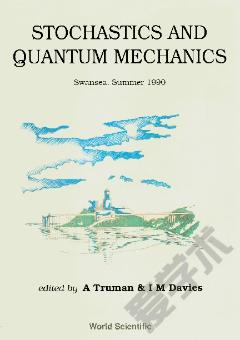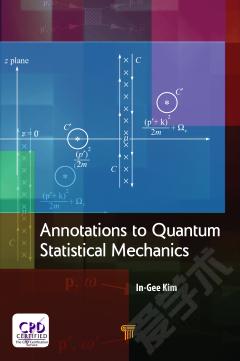Quantum Techniques In Stochastic Mechanics
Some ideas from quantum theory are just beginning to percolate back to classical probability theory. For example, there is a widely used and successful theory of "chemical reaction networks", which describes the interactions of molecules in a stochastic rather than quantum way. Computer science and population biology use the same ideas under a different name: "stochastic Petri nets". But if we look at these theories from the perspective of quantum theory, they turn out to involve creation and annihilation operators, coherent states and other well-known ideas - but in a context where probabilities replace amplitudes. We explain this connection as part of a detailed analogy between quantum mechanics and stochastic mechanics. We use this analogy to present new proofs of two major results in the theory of chemical reaction networks: the deficiency zero theorem and the Anderson-Craciun-Kurtz theorem. We also study the overlap of quantum mechanics and stochastic mechanics, which involves Hamiltonians that can generate either unitary or stochastic time evolution. These Hamiltonians are called "Dirichlet forms", and they arise naturally from electrical circuits made only of resistors.
{{comment.content}}








 京公网安备 11010802027623号
京公网安备 11010802027623号